The Toyota Prius c: A City-Friendly Hybrid Hatchback
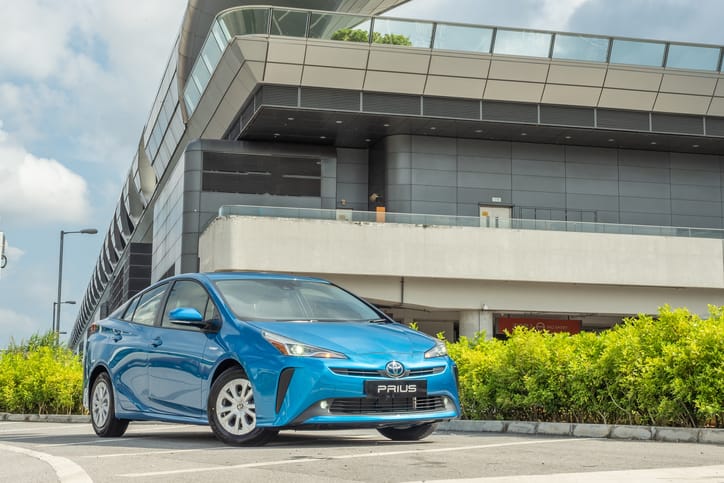
The Toyota Prius c, also known as the Aqua in Japan, carved a niche for itself as a fuel-efficient and affordable hybrid hatchback. Introduced in 2011, it aimed to provide an alternative to the larger and pricier Toyota Prius while maintaining the brand's reputation for hybrid technology.
This article delves into the Prius c's history, specifications, strengths and weaknesses, and its eventual discontinuation.
A City-Focused Prius
The "c" in Prius c stands for "city," and rightly so. This subcompact hatchback was designed for urban environments. Its smaller size compared to the regular Prius made it easier to maneuver through tight streets and find parking. It was also priced competitively, making hybrid technology more accessible to a wider range of consumers.
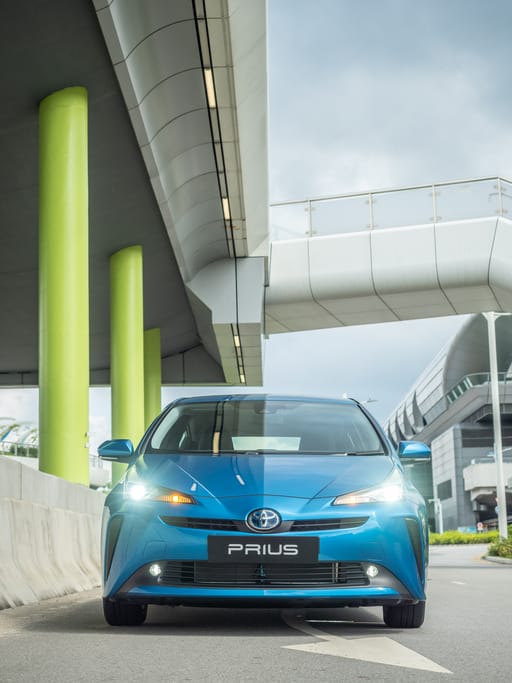
The Prius c wasn't built on the same platform as the Prius. Instead, it shared its underpinnings with the Toyota Yaris, another subcompact hatchback known for its practicality and fuel efficiency. This approach kept production costs down and resulted in a car that was well-suited for daily commutes and city errands.
Hybrid Powertrain for Efficiency
At the heart of the Prius c was a hybrid powertrain that combined a 1.5-liter gasoline engine with an electric motor. This system wasn't designed for thrilling acceleration, but for maximizing fuel economy, particularly in stop-and-go city traffic. The Prius c excelled in this area, achieving impressive EPA ratings. At its peak, the 2012 model year was recognized by the Environmental Protection Agency (EPA) as the most fuel-efficient compact car, excluding plug-in electric vehicles.
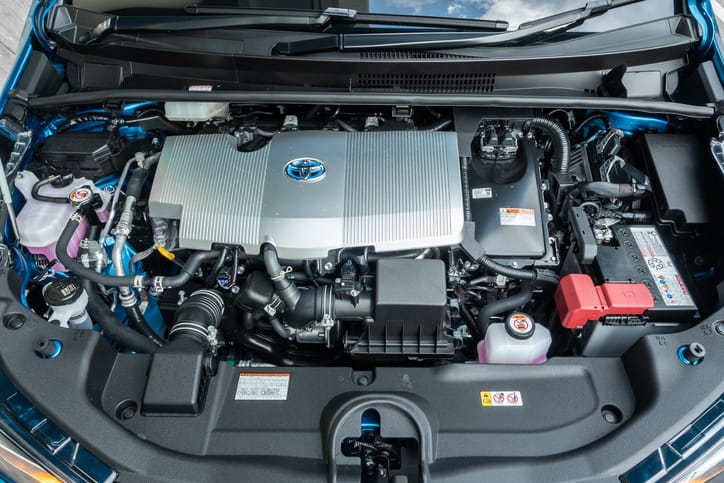
The nickel-metal hydride (NiMH) battery pack, located beneath the rear seats, provided electric power for low-speed driving and assisted the gasoline engine during acceleration. Regenerative braking captured energy during deceleration and braking, replenishing the battery and reducing reliance on the gasoline engine.
Practical Hatchback Design
The Prius c offered a decent amount of cargo space for its size, thanks to its versatile hatchback design. With the rear seats folded down, there was ample room for groceries, luggage, or other gear. The five-seater cabin provided enough space for most people, but taller passengers might find the headroom a bit lacking in the rear.
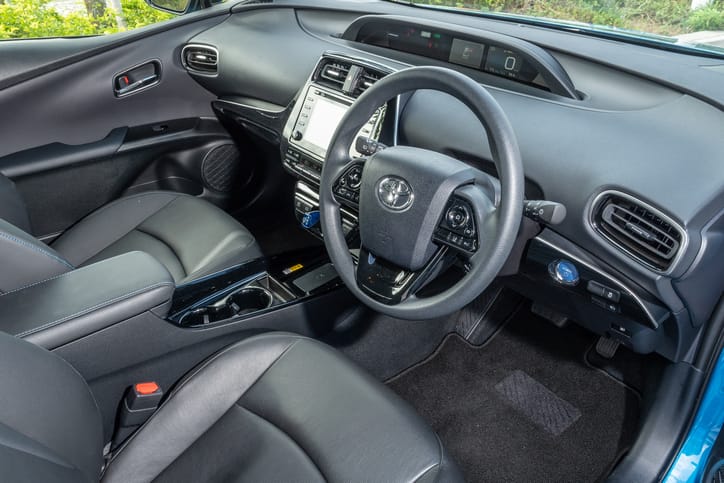
The interior design prioritized functionality over luxury. The materials were decent but not extravagant, and the focus was on providing a user-friendly layout for the controls and instruments.
Strength: Fuel Efficiency
The Prius c's biggest strength was undoubtedly its fuel economy. In city driving, where hybrid systems shine, it delivered impressive numbers, making it a cost-effective choice for drivers who primarily navigated urban environments.
Weakness: Lackluster Performance
The Prius c wasn't built for speed. The hybrid powertrain, prioritizing fuel efficiency over power, resulted in a sluggish driving experience. Merging onto highways or overtaking slower vehicles could feel like a chore due to the car's limited acceleration.
Another Weakness: Discontinued Production
Unfortunately for those interested in a new Prius c, Toyota discontinued production in 2019. The reasons behind this decision are likely a combination of factors, including increasing competition in the hybrid market and the growing popularity of SUVs and crossovers.
Legacy: A Stepping Stone in Hybrid Technology
Despite its discontinuation, the Prius c played a significant role in the evolution of hybrid cars. It made hybrid technology more accessible to a wider range of consumers and proved that fuel efficiency and affordability could go hand-in-hand.
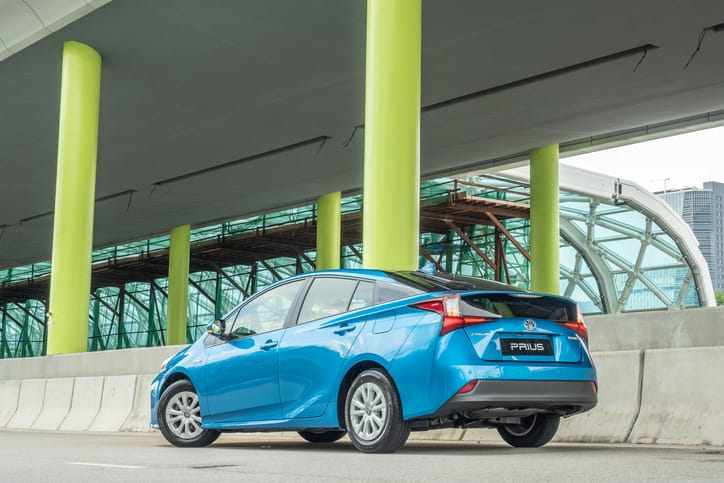
Looking Forward: Alternatives to the Prius c
While the Prius c is no longer available new, there are still plenty of options for those seeking a fuel-efficient hatchback. Toyota itself offers the Corolla Hybrid, which provides a larger and more powerful hybrid option compared to the Prius c.
Other carmakers like Honda and Hyundai also have strong contenders in the hybrid hatchback segment. It's always wise to research and compare different models before making a decision.
The Prius c: A Chapter Closed
The Toyota Prius c may no longer be rolling off production lines, but it leaves behind a legacy of efficiency and affordability in the hybrid hatchback segment. Its discontinuation reflects the ever-evolving automotive landscape, but the lessons learned from its development continue to influence the future of hybrid cars.
